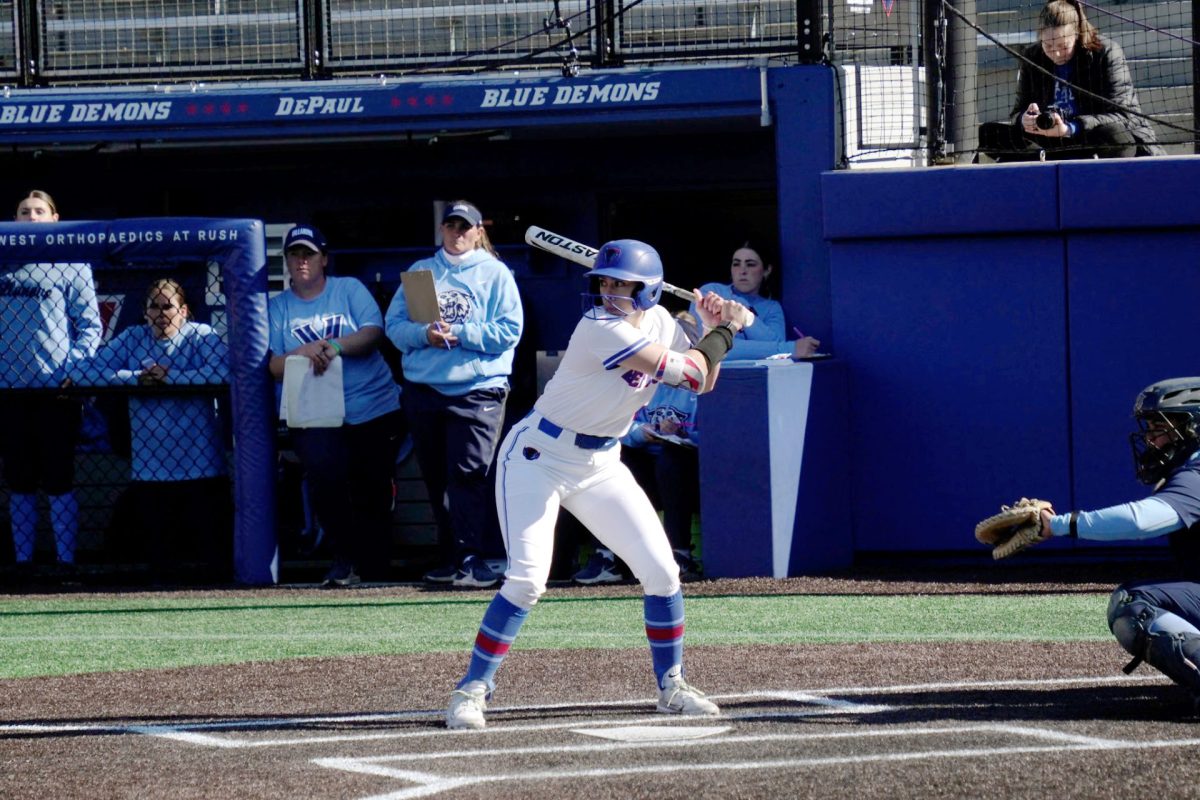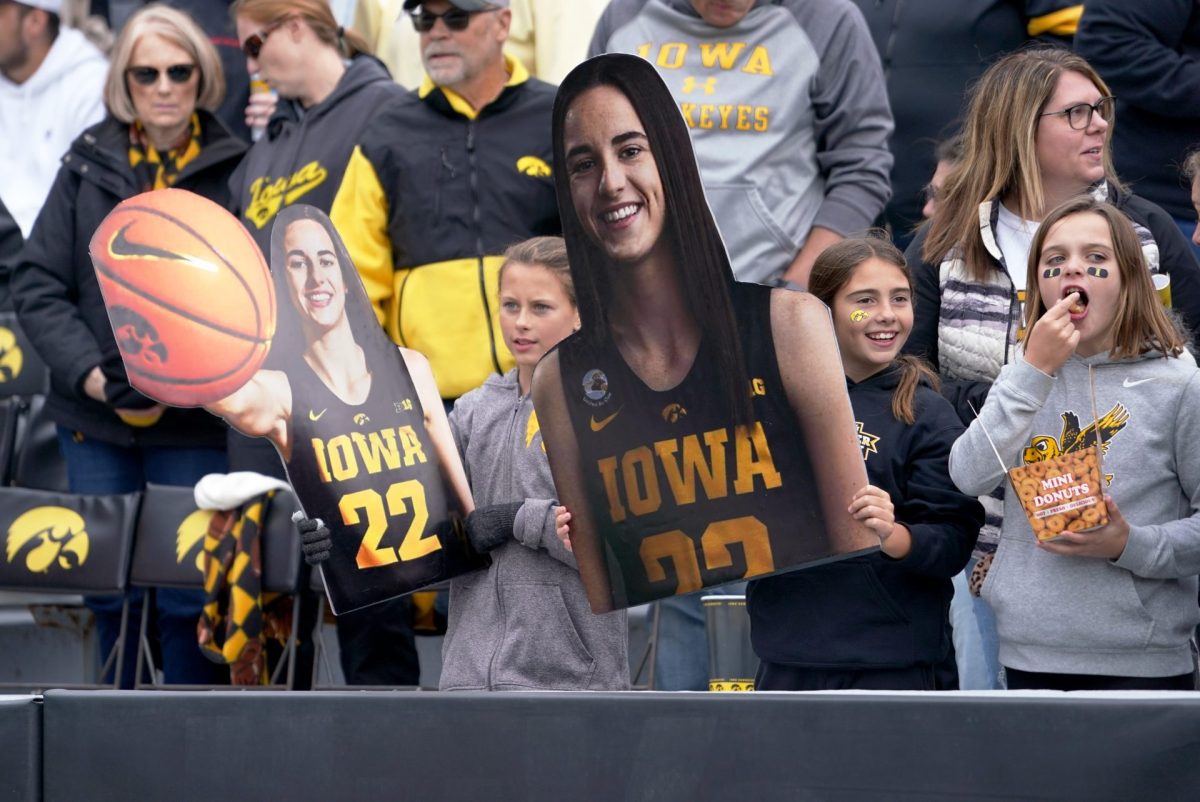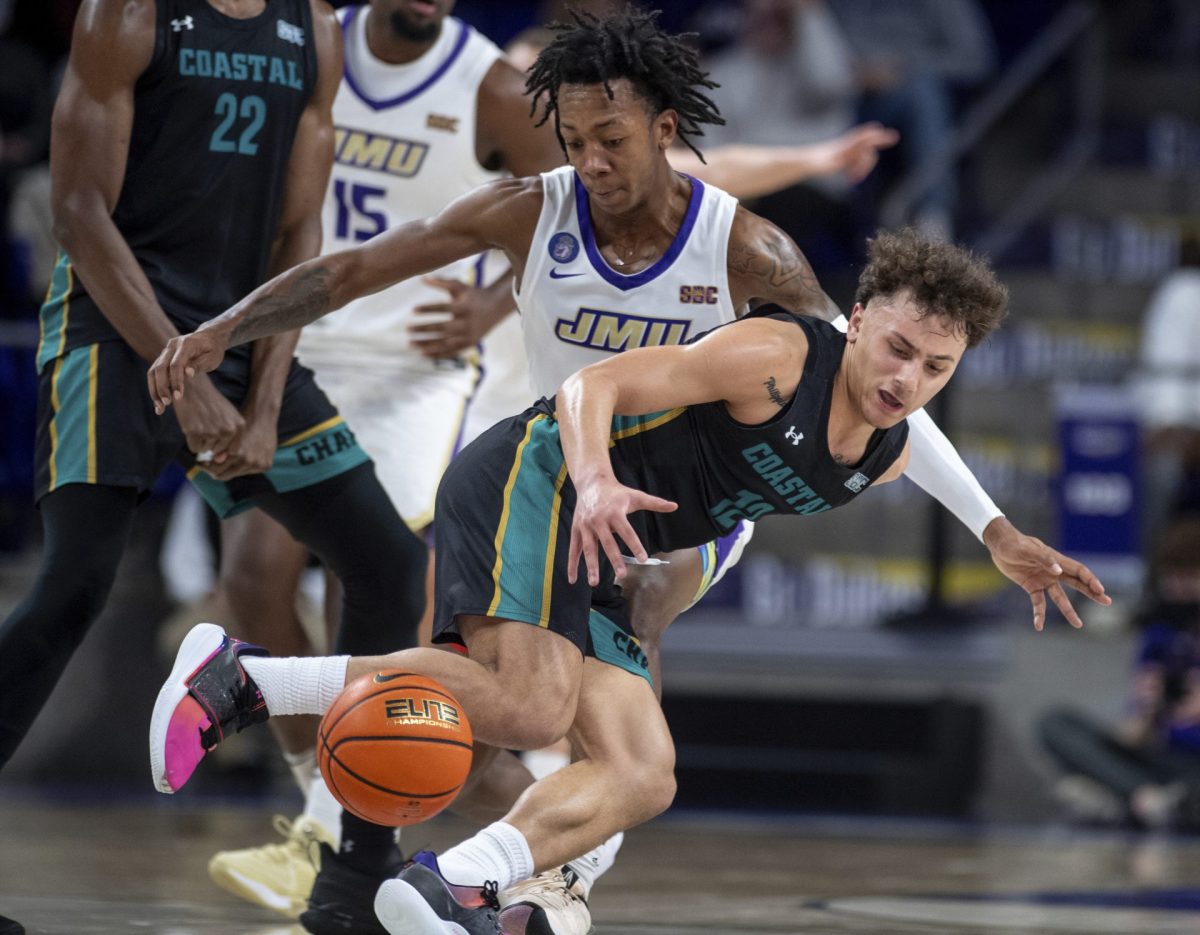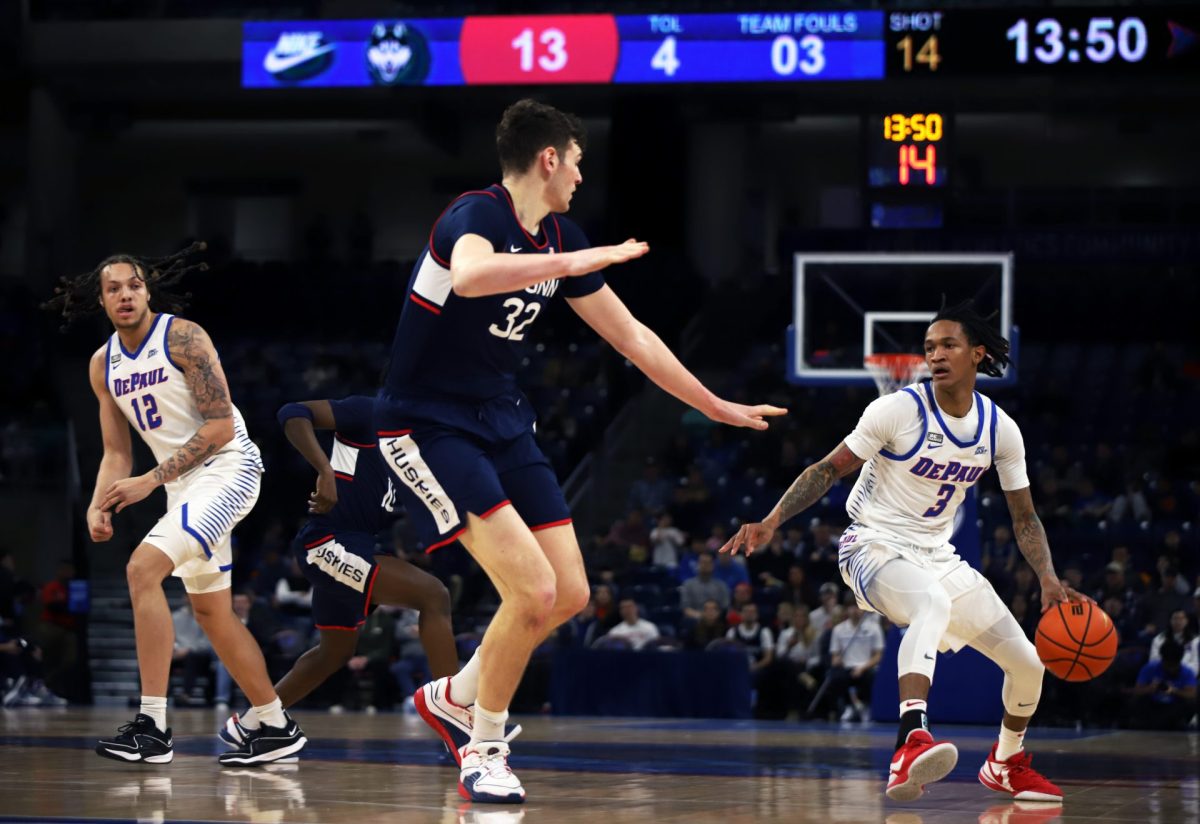The topic of fan presence at games is one that plagues many DePaul sports, most notably basketball. Some attribute this to the men’s losing record or the inconvenient location of the Allstate Arena, while others say that fan presence at basketball games is just fine, but Allstate’s size makes the number of fans seem small. But the lack of fan presence isn’t only a problem for DePaul’s basketball teams—it’s a problem for club sports, too.
DePaul’s club sports program has shown a steady increase in interest and participation over the past few years. Recent additions to the club sports offering include Free Fall DePaul, a skydiving group, sailing, table tennis, Brazilian Jiu Jitsu and women’s basketball.
“Club sports have grown by leaps and bounds over the past three years,” said Lisa Hanson Lamey, assistant director of club sports. “In June of 2009 there were 21 clubs and currently there are 33 clubs. We have seen the number of individual people increase with the number of clubs and at the end of last year we had around 750 students active in different club sports.”
However, despite the increase in participation and the number of club sports offered at DePaul, fan presence at both home and away games is dismal at best. While the excuse of a losing record might work when talking about fan presence at DePaul basketball games, it certainly doesn’t hold true for some club sports.
DePaul’s men’s hockey team is currently ranked third in the ACHA Division II Central Division, one of the best rankings the team has held in years. However, despite efforts to attract fans to their home rink in Northbrook, Ill., the team has noticed few increases in fan presence at their games.
“Fan presence has been modest. The growth has come through players’ families and friends. Despite our best efforts at attracting fans, which includes a fan bus and marketing, it has had little impact,” said Maddy Rossobillo, DePaul men’s hockey general manager.
Interestingly, some club sports teams have attracted significant interest from fans at DePaul, only to be let down by the news that “home” games are actually a half hour or more away. With games being far from campus and inaccessible by public transportation or by a designated fan bus, this leaves fans few options to attend games and club sports members without a cheering section.
“We sometimes get to practice on Wish Field, which is really great, but when it comes to playing games, we usually only have parents there,” said Casey Johnson, president of the women’s lacrosse club. “This is absolutely due to the fact that all of our games are far away. We have had people ask us when and where our games are because they would definitely want to come watch but due to travel, we never really end up getting people out there.”
Jack Glasbrenner, vice president of the men’s lacrosse club, shares Johnson’s perspective on not having access to Wish Field and thus being forced to have many away games, which fans are often unable to attend.
“The reason why we have to play a lot of away games is due to the lack of fields in Chicago. There are not many places we can play, and the nicer fields tend to be priced higher. Our ultimate goal would be to play a game at Wish Field, but those obstacles make it hard for us to build a fan base,” said Glasbrenner.
Although the lack of fan presence at games seems to be on the minds of those involved with club sports, many of the club sports officers believe that if DePaul supported their teams more and gave them more access to the facilities that the Division 1 teams use, there would be potential for better teams, better records and of course, an increase in fan presence at games.
“If DePaul ever recognized how significant of a hockey program they could have, an NCAA program could be realistic. The Chicago area has developed some of the finest hockey players in the U.S. and it would be natural for an NCAA program to exist in this market place in conjunction with the reputation of DePaul University,” said Rossobillo.
Similarly, Johnson believes that although the women’s lacrosse team is only a few years old, with more support from the university, the team could become even more successful.
“I think that if games were more accessible for students, we would be able to get fans to games for all the club sports, especially the ones that have winning seasons,” said Johnson. “But the club sports office is really helpful in teaching us all about the options we do have and resources that are available to us. Unfortunately, there just isn’t too much support from the university for club sports.”
While fan presence seems to be an ongoing problem for DePaul sports teams, both Division I, II and other club sports, it appears that the central message team members want to relay to the university is, “get us closer to campus so that our fans have a chance to see us.” Further, many of the university’s club sports are on their way to successful seasons and have the potential to compete against better teams in a better division—perhaps a little more love from the university, and students, could help make the difference for our club sports teams.







